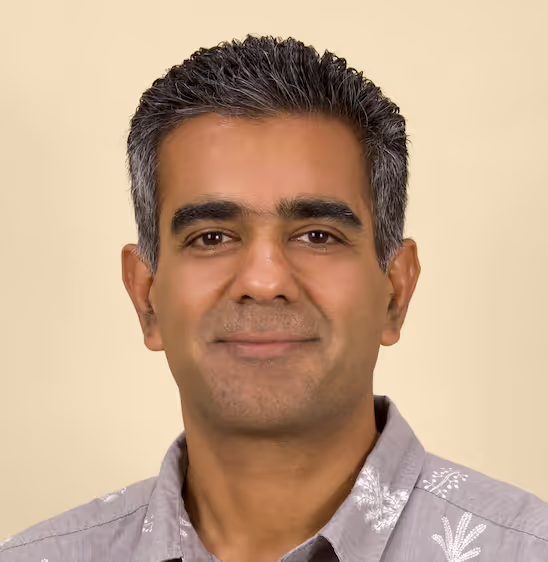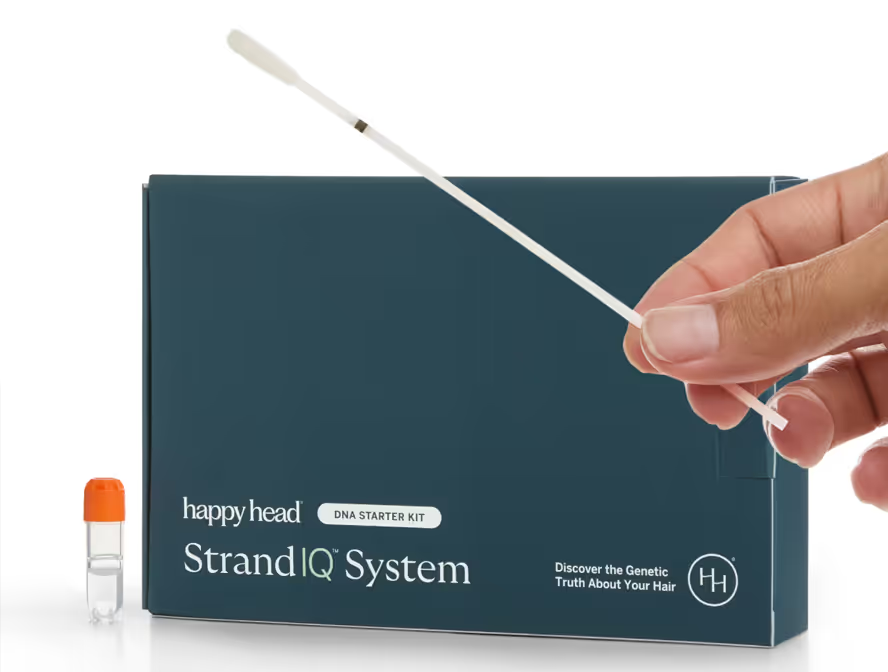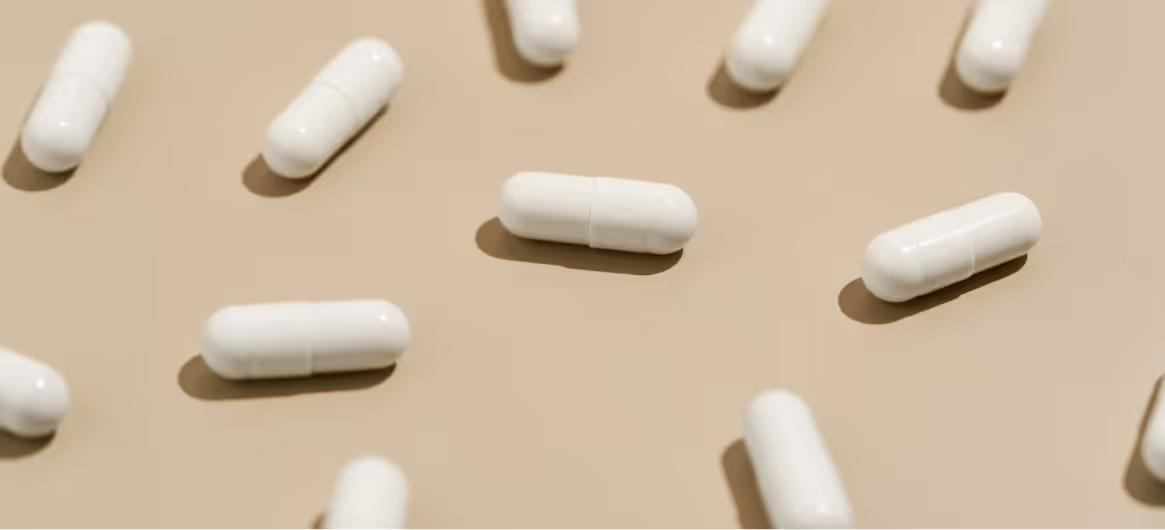Phytotherapy uses plant-based ingredients—like quercetin, curcumin, and carnosic acid—to reduce inflammation and keep hair follicles healthy. Many of these botanicals work by calming the prostaglandin D₂ receptor (GPR44), which can trigger follicle suppression and thinning when it’s overactive.
Your genetics influence how active GPR44 is, which can shape how well these plant-based treatments work for you. Understanding your GPR44 profile can help you choose the botanicals most likely to restore scalp balance and encourage healthy regrowth.
Genetics & Botanical Response
This trait reflects variants that influence GPR44 receptor expression in scalp tissue. Higher receptor levels mean increased sensitivity to PGD₂, which can promote follicle miniaturization and inhibit growth. Understanding your GPR44 profile helps determine whether botanical strategies are likely to be efficacious.
Likelihood Levels & What They Mean
- Low likelihood
Your GPR44 levels look normal, so inflammation from PGD₂ is likely minimal. Botanical anti-inflammatory treatments may have only a small impact for you. - Moderate likelihood
Your GPR44 levels are moderately higher, making your follicles more prone to inflammation. Plant-based treatments may help—especially when paired with other prostaglandin-balancing therapies. - High likelihood
Your GPR44 levels are elevated, meaning your scalp is more sensitive to inflammation. The right blend of botanical treatments could help calm PGD₂ activity and support healthier hair growth.
Targeted Strategies by Likelihood Level
Low Likelihood – Limited Benefit from Phytotherapy
- Focus elsewhere first
Nutrient, hormonal, or dihydrotestosterone (DHT)-focused treatments may deliver more impact than botanical anti-inflammatories alone. - Consider phytotherapy as secondary
Botanical treatments can still help keep your scalp healthy, but they’re not likely to make a big difference for hair growth by themselves.
Moderate Likelihood – Complementary Botanical Support
- Consider a combination approach
Pair topical botanicals (nettle, turmeric, sea buckthorn, rosemary, milk thistle, parsley) with other hair-restoration treatments. - Calm inflammation proactively
Botanicals can help neutralize scalp irritation, supporting follicle health.
High Likelihood – Meaningful Support from Phytotherapy
- Botanicals Could Really Help
Put plant-based treatments at the top of your list, especially ones with good research behind them—like quercetin, curcumin, carnosic acid, resveratrol, and apigenin. - Use PGD₂-Targeting Topicals
Look for scalp products made to block PGD₂, as they may make a noticeable difference. - Monitor and Adjust
Pay attention to changes in your hair and scalp, and tweak your botanical routine as you go.
How to Proceed
Your GPR44 results can help you use plant-based treatments more wisely. Whether your genes point to a small, moderate, or big benefit, combining botanicals with other proven hair-loss treatments can help you build a plan that works best for you and supports healthier hair over time.
Resources
StrandIQ SNP Marker Count: 2
StrandIQ Genes for Trait:
PTGDR2
References:
Francès, M.P., et al. (2024). Utilising SNP association analysis as a prospective approach for personalising androgenetic alopecia treatment. Dermatology and Therapy (Heidelberg), 14(4), 971–981. PMID: 38555553.
Garza, L.A., et al. (2012). Prostaglandin D2 inhibits hair growth and is elevated in bald scalp of men with androgenetic alopecia. Science Translational Medicine, 4(126), 126ra34. PMID: 22440736.
Nieves, A., Garza, L.A. (2014). Does prostaglandin D2 hold the cure to male pattern baldness? Experimental Dermatology, 23(4), 224–227. PMID: 24521203.
Shin, D.W. (2022). The physiological and pharmacological roles of prostaglandins in hair growth. Korean Journal of Physiology & Pharmacology, 26(6), 405–413. PMID: 36302616.
This content, including StrandIQ™ DNA analysis reports and any Happy Head products and/or services referenced therein, is for informational and cosmetic purposes only. It is not intended to diagnose, treat, cure, or prevent any disease. This content does not constitute medical advice and should not be used to make healthcare decisions. References to prescription treatments are educational in nature. Always consult a licensed healthcare professional for any medical concerns or treatment decisions.








.avif)

